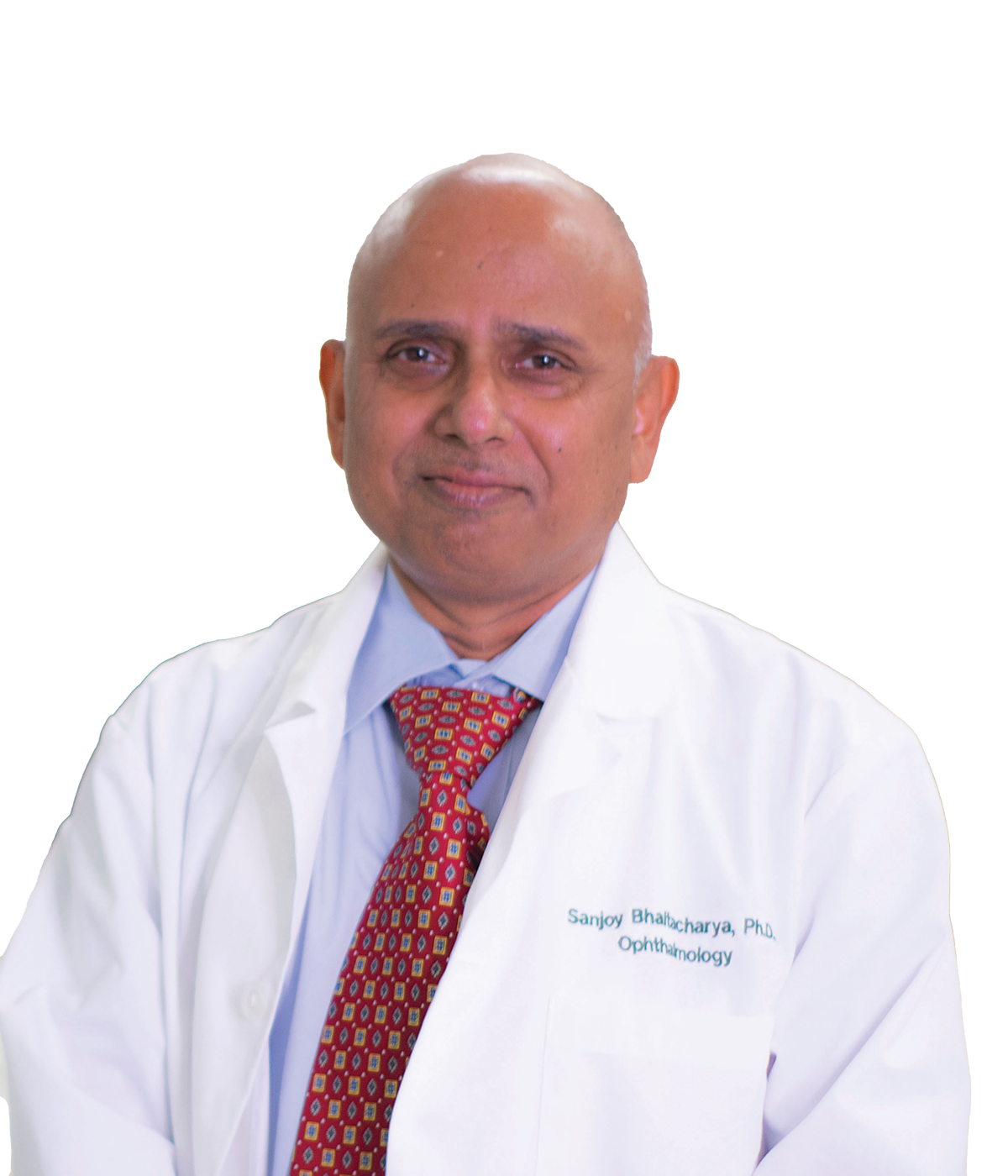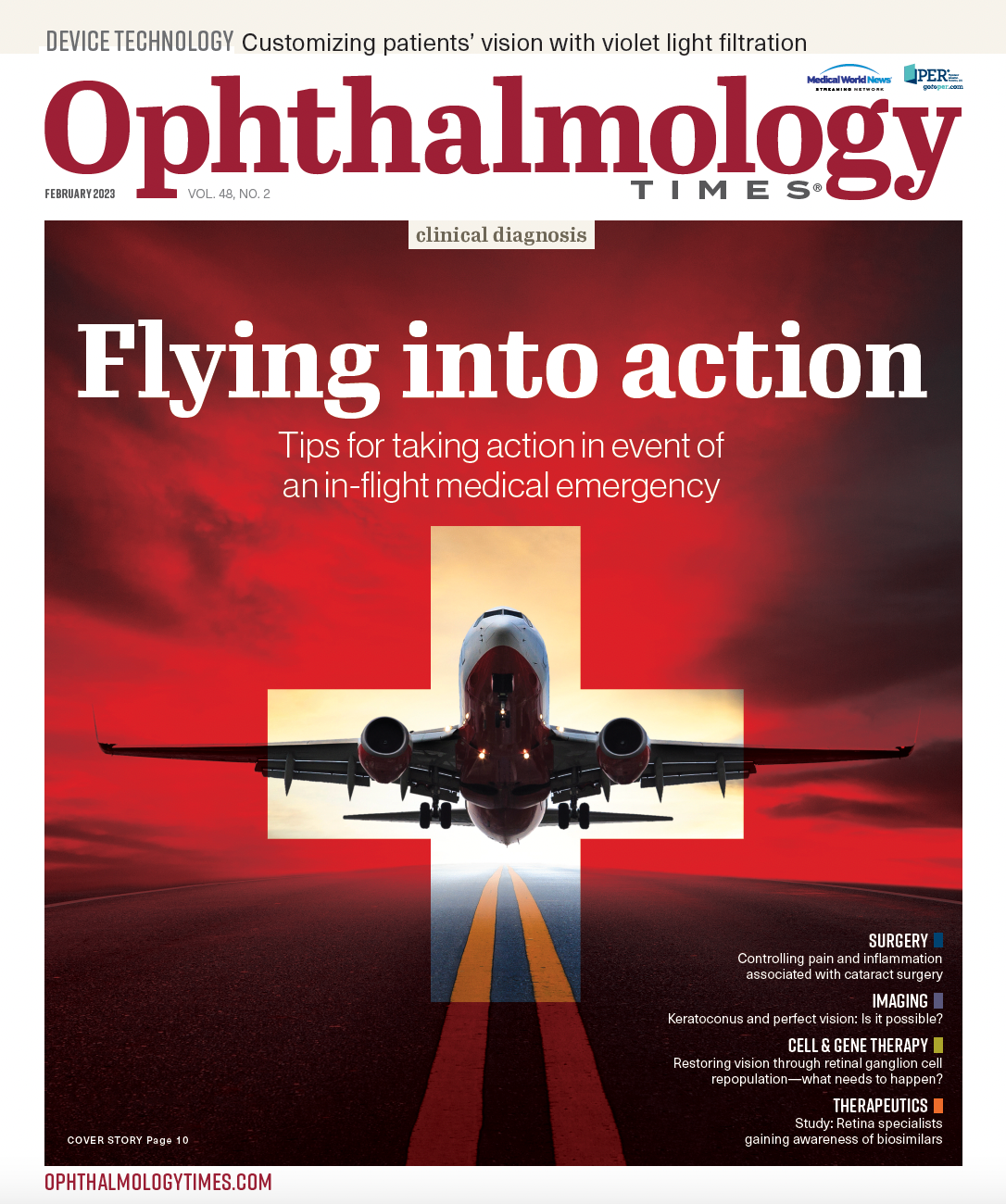Publication
Article
Digital Edition
Bascom Palmer Eye Institute touts its master’s program
Author(s):
Sessions offer training in ophthalmic translational research, problem-based learning
This first-of-its-kind program offers comprehensive training in ophthalmic translational research, problem-based learning, and management. (Image courtesy stock.adobe.com)

Reviewed by Sanjoy K. Bhattacharya, PhD, MTech
As part of the University of Miami Health System, Bascom Palmer Eye Institute in Florida has bragging rights to a master’s degree program, launched in 2016 and unique to the institute, titled Master of Science in Vision Science and Investigative Ophthalmology (MVSIO). This first-of-its-kind program offers comprehensive training in ophthalmic translational research, problem-based learning, and management, according to Sanjoy K. Bhattacharya, PhD, MTech, director of the program.
Designed for medical school graduates, clinicians, or other professionals, the curriculum ultimately prepares students for participation in a planned PhD program, according to Bhattacharya. The next 2-year MVSIO program is slated to kick off in August 2023 and will enroll 10 students annually. The degree requirement is 30 credits.
The MVSIO education center and laboratories are located in the Evelyn F. and William L. McKnight Vision Research Center as part of the University of Miami Health System. A dedicated laboratory and personal cubicles allow students to focus on their studies without any hindrance.
A committee comprised of world-class physicians and scientists select students for the MVSIO program. A dedicated coordinator, program director, and 2 associate program directors (ie, a clinician and a scientist) provide substantial personalized attention to the students’ career development.
MVSIO program specifics
The stated program goal is “to train graduate students in vision research and research management skills and educate the next generation of leaders in vision science.” Courses are taught by faculty members from the University of Miami, including those from the Miller School of Medicine, School of Business Administration, College of Arts and Sciences, and Department of Veterinary Resources.
The core sciences covered include electrophysiology, biochemistry, molecular biology, ocular clinical details, ocular anatomy, and pathology. The related disciplines include research management, administrative skills, grant writing for funding applications, and business plan formulation.
Bhattacharya explained that the multidisciplinary program builds managerial, administrative, and entrepreneurial skills for professionals desiring a vision science–oriented career in start-up companies, nonprofit organizations, academic practices, government regulatory agencies, and medical device and pharmaceutical companies. The pro- gram is comprised of 8 courses, 3 laboratory modules, 3 problem-based learning (PBL) modules, 1 elective, and a thesis. The PBL modules teach students a selection of drug targets and legends using informatics and computational analysis from high-throughput data sets, regulatory affairs (including clinical trials and animal studies), and grant writing and management and allied aspects.
Candidates for the MVSIO program are selected by the Ophthalmology Program Committee, which is led by Bhattacharya. Candidates are judged on their core competency, prior coursework, leadership abilities, accomplishments, professional and personal experiences, and academic excellence.
Applicant selection is based on past performance, letters of recommendation from former teachers, supporting material, and interviews by faculty and student mentors. Some candidates will be interviewed using web-based programs such as Zoom or Microsoft Teams.
Recent graduate experiences
The MVSIO program was crafted after studying prominent master’s programs in ophthalmology and/or vision science offered worldwide. Bhattacharya consulted residency program directors, start-up and leading industry professionals, previous students, and faculty members from these programs in Canada, the United Kingdom, Australia, and other nations from 2011 to 2013. He designed this program to include didactic courses; PBL modules; and experimental laboratories encompassing optics, physics, biochemistry, and clinical aspects of ophthalmology. The program has a unique feature of entrepreneurship roundup presentations during the second semester. The second year of the pro- gram is laboratory or clinic-based research chosen by the students in rotations during the first year.
Bhattacharya pointed out that the program prepares students to write extramural grants and manage a grant-funded or industry lab. “It inculcates all regulatory affairs information and intellectual property rights issues in students while educating them in anatomy, physiology, biostatistics, and pathology,” he said. “In the end, it produces pragmatic and well-rounded students ready to serve in vari- ous settings and be future leaders. One of the best features of the program is an affordable, cost-effective, high-quality program taught by leading ophthalmology faculty.”
Erika Ellis, MD, MVSIO, PhD, a former student and current ophthalmology resident in the EyeSTAR program at the University of California, Los Angeles, commented on her experience with the program. “The MVSIO program combines clinical ophthalmology, basic science research, and the business world with an innovative and unique curriculum,” Ellis explained. “During my time in this program, I learned about the complexities of FDA approval and how to initiate the design of projects with FDA regulations in mind.”
Ellis also noted that she learned the basics of business design, how to create a start-up, and how to obtain funding from the private sector. “I amassed a solid foundation of clinical ophthalmology knowledge and laboratory research skills. Bridging these disparate disciplines is critical to the development of clinically relevant research and [for] moving new discoveries out of the lab to patients,” she said. “The insights and experience I gained from this program will be invaluable to my future career as a physician-scientist.”
Karin Lypka, OD, MVSIO, a former student and current clinical optometrist at the Bascom Palmer Eye Institute, said, “I reached a point in my professional career where I realized I wanted to contribute to the field of vision science not only in clinic but also through research and teaching. The MVSIO program associated with the Bascom Palmer Eye Institute provided me with the skills and networking necessary for me to achieve these goals. Without these opportunities, I would not be where I am today.”
--
Potential candidates are encouraged to obtain additional information by contacting Eva Norton or Sanjoy Bhattacharya via email.
Eva Norton, MA, BA
E: enorton@med.miami.edu
Norton is the coordinator of the MVSIO program at the Bascom Palmer Eye Institute. She has no financial interest in this subject matter.
Sanjoy K. Bhattacharya, PhD, MTech

Sanjoy K. Bhattacharya, PhD, MTech
E: sbhattacharya@med.miami.edu
Bhattacharya is director of the MVSIO program at the Bascom Palmer Eye Institute. He has no financial interest in this subject matter.

Newsletter
Don’t miss out—get Ophthalmology Times updates on the latest clinical advancements and expert interviews, straight to your inbox.

